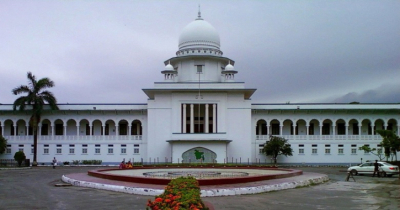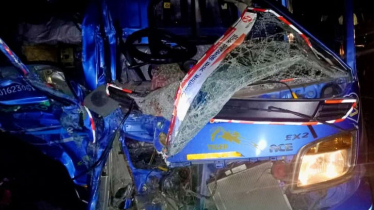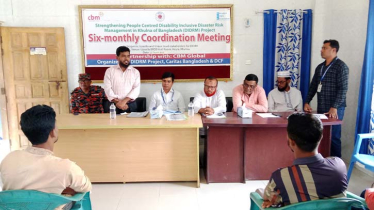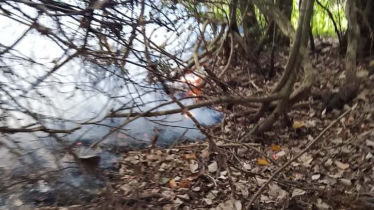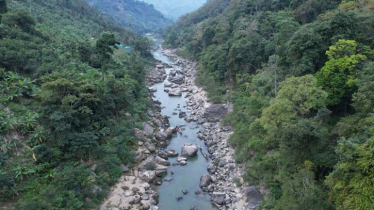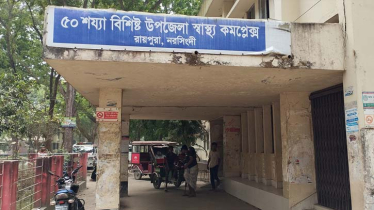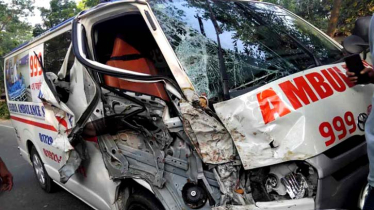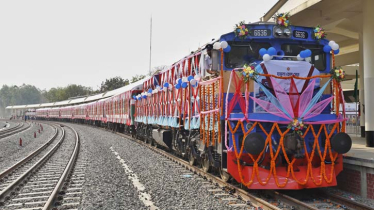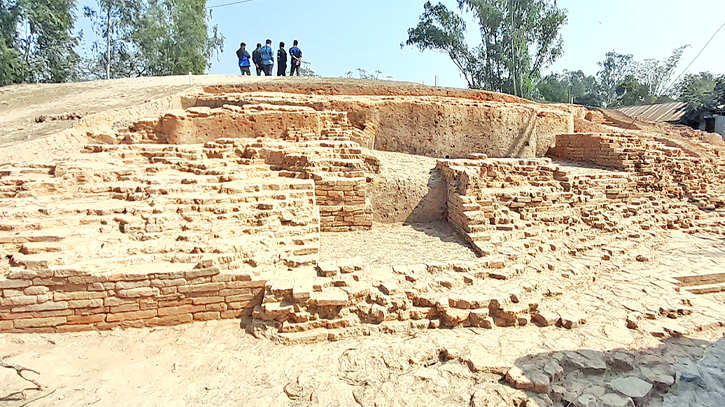
This photograph depicts an archaeological site located in the Raja Virat area within Gobindaganj of Gaibandha.Photo: Messenger
A recent excavation in Gobindganj, Gaibandha, has unearthed significant fragments of terracotta, terracotta plaques, and intricately carved bricks, shedding light on ancient landmarks in the area.
The excavation, spearheaded by a team from the Rajshahi and Rangpur regions, commenced in December of the previous year. Among the notable discoveries are foundation stone pillars commonly used in the ornamentation of religious shrines, providing compelling evidence of antiquity.
The excavation site, identified as the ruined mound believed to be the palace of the great king of Gobindganj, has already begun revealing ancient structures and archaeological indicators. Experts involved in the excavation suggest that these findings may date back to both ancient and medieval periods.
Raja Virat, situated in the northern part of the country, holds immense archaeological significance. Historian Rakhal Das Banerjee documented crucial information about the archaeological monuments in the area at the beginning of the 20th century. Local accounts describe a grand walled king's palace in the Rajahar Union area, where the excavation is taking place.
The remains of the once-great city of Rajahar Union lie approximately 15 kilometers west of the Gobindganj upazila headquarters. Annually, a month-long fair known as Raja Virat Fair attracts thousands of Hindu devotees from both within the country and abroad. The site, which features a centuries-old banyan tree under which devotees traditionally consume their alms, is officially recognised as an archaeological site by the Bangladesh Directorate of Archaeology.
The excavation team, comprising officials from the Rajshahi and Rangpur regions, along with twenty workers, has been tirelessly engaged in uncovering these historical treasures. Notable members of the team include Dr. Nahid Sultana, Dr. Ahmed Abdullah, Razia Sultana, Habibur Rahman, SM Hasanat bin Islam, Md. Abul Kalam Azad, Tariqul Islam, and Umm Salma Isa.
Dr. Nahid Sultana, the regional director of the Rajshahi and Rangpur division of the Department of Archaeology, emphasizes the importance of preserving the site for future generations. Despite challenges posed by land degradation, efforts are underway to safeguard the archaeological remnants and ensure their accessibility to visitors. Large-scale excavations are planned to further elucidate the region's history and shed light on its ancient inhabitants.
Despite rumors suggesting the existence of an ancient citadel fortified by high walls and deep moats, the excavation team has yet to discover any evidence of such a structure. However, it is believed that several other interconnected structures once existed, connected by roads to the main infrastructure, although these have since been destroyed.
The ongoing excavation efforts in Gobindganj offer a tantalizing glimpse into the region's rich historical legacy. As artifacts continue to emerge from beneath the earth's surface, the intricate tapestry of ancient civilizations begins to unravel before our eyes. With each discovery, the story of Gobindganj's past comes alive, bridging the gap between the present and the distant echoes of antiquity.
In essence, archaeology provides us with the opportunity to learn about past cultures through the study of artifacts. Studying these artifacts helps to provide us with some insight into what life was like for people who left behind no written record. In the case of historical archaeology, the artifacts can help us to recognize historical documents.
Messenger/tareq

